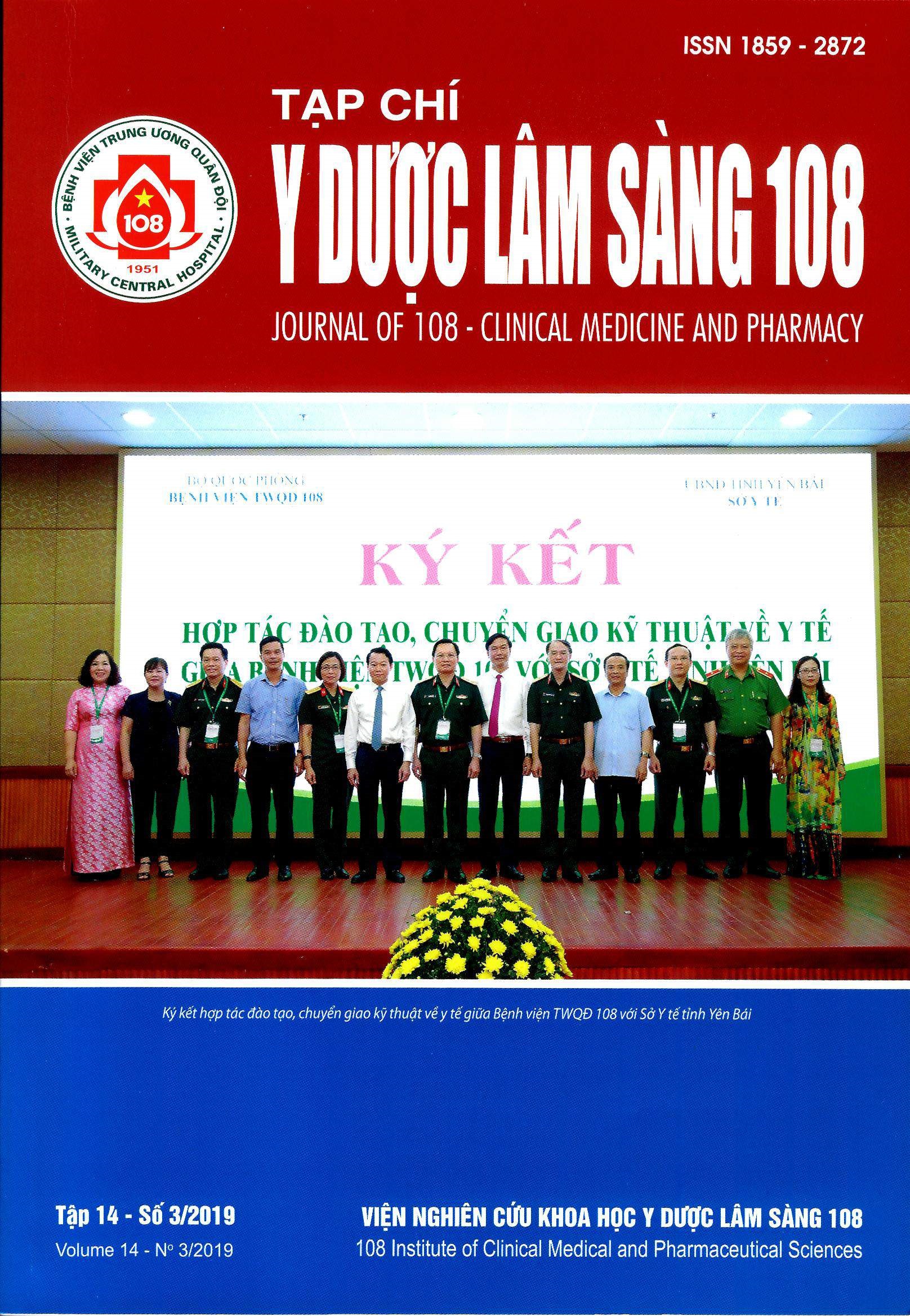Evaluating the clinical effectiveness of moto-functional rehabilitation of electro-acupuncture in combination with training bicycle treatment for hemiplegia patients after ischaemic stroke
Main Article Content
Abstract
Objective: To assess moto-functional rehabilitation of the hemiplegia patient after ischaemic stroke treated with a combination of electroacupuncture and training bicycle. Subject and method: Clinical trial comparison between two groups: 1) 60 patients with the combination, and 2) 60 patients with only electroacupuncture with the same therapy. Result: After the treatment, clinical trial indexes (muscle force, modified Rankin, Barthel, Orgorozo) on both groups are improved (p<0.001). In addition, the results of the group with the combination were better than those of the other group (p<0.001). Conclusion: The treatment with the combination of electroacupuncture and training bicycle on the hemiplegia patients after ischaemic stroke indicates the effectiveness through clinical trial indexes.
Keywords: Ischaemic stroke, hemiplegia, electroacupuncture, training bicycle, rehabilitation.
Article Details
References
1. Lê Thanh Hải, Nguyễn Nhược Kim, Ngô Quỳnh Hoa (2016) Đánh giá tác dụng của điện mãng châm trong phục hồi chức năng vận động trên bệnh nhân nhồi máu não sau giai đoạn cấp tại Bệnh viện Châm cứu trung ương. Tạp chí nghiên cứu Y học, 103(5), tr. 80-87.
2. Chelsea K et al (2018) Rhythmic arm cycling training improves walking and neurophysiological integrity in chronic stroke: The arms can give legs a helping hand in rehabilitation. Journal of Neurophysiol 119: 1095-1112.
3. David AB et al (2005) Limb-Loaded cycling program for locomotor intervention following stroke. Physical Therapy 85(2): 159-168.
4. Fujiwara T et al (2003) Effect of pedaling exercise on the hemiplegic lower limb. American Journal of Physical Medicine & Rehabilitation 82(5): 357-363.
5. Klarner T et al (2014) Preservation of common rhythmic locomotor control despite weakened supraspinal regulation after stroke. Frontiers in Integrative Neuroscience 8(95): 1-9.
6. Shahid Bashir et al (2018) The effect of repetitive arm cycling training priming with transcranial direct current stimulation on post-stroke: Pilot study. Brain & NeuroRehabilitation 11(1): 1-6.
7. Tanuma A et al (2016) After-effects of pedaling exercise on spinal excitability and spinal reciprocal inhibition in patients with chronic stroke. International Journal of Neuroscience: 1-7.
8. Yamanashi H, Mai Quang Ngoc, Tran Van Huy et al (2016) Population-based incidence rates of first ever stroke in Central Vietnam. Plos one 11(8): 1-13.
9. Yang Y et al (2017) Neuroplasticity changes on human motor cortex induced by acupuncture therapy: A preliminary study. Neural Plasticity: 1-8.
10. Yanzhe N et al (2017) Enhanced functional connectivity between the bilateral primary motor cortices after acupuncture at yanglingquan (GB34) in right-hemispheric subcortical stroke patients: A resting-state fMRI study. Frontiers in Human Neuroscience 11: 1-8.
 ISSN: 1859 - 2872
ISSN: 1859 - 2872
